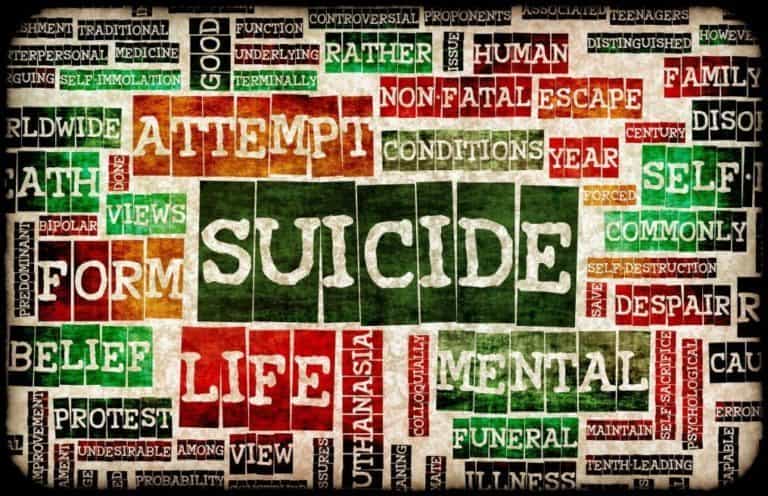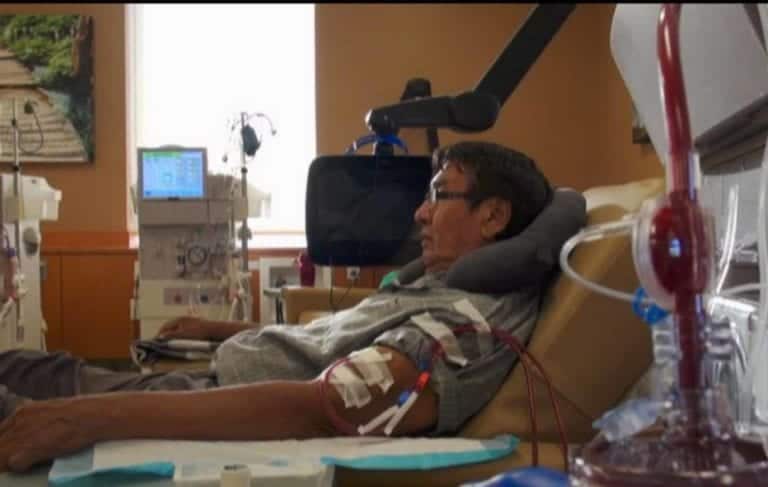Explain Your Brain: New Breakthroughs In TBI Science For Veterans
If you’re a veteran with a traumatic brain injury, or TBI, you know how frustrating it can be. With a range of types and severities, TBI is one of the most common military injuries, especially in the last two decades.
At higher severities, relearning everyday tasks can be difficult. At any severity, physical symptoms such as headaches, trouble sleeping, memory lapses and depressed mood are an unwelcome intrusion on everyday life and recovery.
The Defense and Veterans Brain Injury Center (DVBIC) reports that over 375,000 veterans have suffered a TBI since 2000, and that TBI is currently estimated to affect over 20,000 military personnel per year. Most of them are classified as “mild,” meaning the affected person had a concussion rather than a direct injury.
In some ways, this is good news! Milder symptoms and less trauma to the brain makes for an easier recovery, right? Well… yes and no. The DVBIC has more to say about effective recovery from TBI.
RELATED: New Research On Traumatic Brain Injury (TBI) And Light Sensitivity
Traumatic brain injuries (TBIs) among military veterans are heralded as the “signature injury” of the wars in Iraq and Afghanistan for their prevalence among that population, possibly as high as 20 percent. For American veterans as a whole, they’re nothing new, but researchers are still uncovering the mysteries of TBI.
The fact that most of them are considered mild, or mTBI, can mean that detection is more difficult, and/or that once detected, symptoms are harder to manage. Active duty also has a unique type of TBI attributed to it: blast injury.
Even if a soldier appears unhurt from exposure to a large explosion, the surrounding pressure can stretch and slice the brain tissue on a microscopic level, causing a TBI in a way that most civilians wouldn’t suffer one.
RELATED: VA Still Screwing Veterans Seeking Benefits For TBI
DVBIC is studying how repeated exposure to smaller explosions might affect the brain as well. The field studies are even starting to use more realistic environments for their blast injury studies, mirroring sites where U.S. Navy breachers and sappers live and work. Do the tests in areas that resemble the real ones… makes sense when you’re talking about sound waves. The shape matters.
So what are they doing about all these different types of TBI, and what can it mean for your quality of life? First off, they have some state-of-the-art diagnostic testing to roll out.
RELATED: TBI Increases Odds Of Developing Dementia
The FDA recently approved a blood test that can accurately indicate a TBI! It tests for heightened presence of certain proteins in the patient’s bloodstream, which can help doctors decide whether to order a scan when first discussing possible symptoms.
The DoD, the VA, DVBIC, and a private company called Banyan Biomarkers have collaborated on research to make this test a reality, and it’s making its debut as we speak. This is great news for diagnosing a possible TBI, especially mTBI, moving forward.
Source: https://issuu.com/faircountmedia/docs/veterans_va_military_medicine_s2018?e=23813436/61313911




I have 2 TBIs. One from active duty military service and the second one was caused by the incompetent sh!theads at the damn va!!!
They never evaluated me for TBI when I got into their evil system of “I Don’t Really Care, Do You?” attitude.
They kept telling me that I looked fine, so what could possibly be wrong.
Did I mention that I think they are totally incompetent?
Infantry in Viet-Nam would set up company sized LZ’s in the jungle usually with a battery of artillery,155’s, 105’s, or 4.2 mortars. Outgoing artillery fire was almost constant over there and I remember digging in right up under the big guns several times and enduring the blasts from those big guns. I think combat is combat regardless of which conflict you were involved in.
If you are actually in combat. While you were digging in there were 10 men for each of you making sure you got a shovel to dig with and were available to care for you if you got med-evaced. Those positions are now mostly manned by civilian contractors so the guy who volunteers is almost certainly to see combat. Very few don’t do a frontline tour.
My TBI is from a MVA while on active duty. But the guys who were in PTSD groups with me had combat related TBI or cerebral malaria. My PTSD was from a personal assault by an ARVN officer. The closes I came to combat in two years in Danang and Dongha.
As a 13B I can attest to the concussive force of all that gun powder going off. I trained on 198’s and 119’s is that what they where using around you? I trained towed in basic and then ended up a Paladin driver at 6’3″. I think I read a few months back somewhere that they where looking into TBI for 13B’s from gun recoil on the self propelled 155mm.
My understanding that all soldiers now given a TBI baseline test for later comparison
TBI has always been constant among combat ribbon veterans. When I was in, we were 10 to 1 logistics staff to combat ribbon veteran. It is time exposed not numbers. WWI, WWII, and Korea had more time exposed to combat than most Vietnam veterans. Current war veterans are also getting more time exposed to combat and they are almost 100% combat ribbon veterans.
For WWI through Vietnam there was more exposure in training to TBI. Training exposure wasn’t reduced until the last couple of decades. Gunners have always had the high exposure to outgoing explosions. And they show it in PTSD groups, etc. because that is the only hook to hang that hat on for their organic brain syndromes until December of 2016 when NIH did the first study report on the exposure to explosions.
I don’t know if my current case is going to make any difference. But I feel like my effort has born some fruit even though not directly since 1987. But it is slow as hell and all you get is someone asking you what you want out of it. In other words, what will it take to bribe you into shutting up. And so it goes with the lobbyists for the military industrial complex on K street.
How long after the initial tbi is this blood borne protein going to be present. Sounds like improbable that years after the injury, that particular protein would still be swimming in the soup.
Within 12hrs, but the lesion would still be there years afterwards if they show.
Great news though, I hope it will bring the suicide numbers down too.
06/23/2018
Dear Benjamin Krause,
What do we know about their breakthrough?
“…February 14, 2018, the US Food and Drug Administration allowed for the marketing of the Banyan Brain Trauma Indicator® (BTI), which was designated as a Breakthrough Device. February 14, 2018, the US Food and Drug Administration allowed for the marketing of the Banyan Brain Trauma Indicator® (BTI), which was designated as a Breakthrough Device.”
Sincerely,
Don Karg
@Ben,
This is great news!
Unfortunately, we all expect the VHA will have to do seven decades of their own “testing” before allowing deserving veterans to have a true medical diagnosis of their ailments.
@Jim,
Thumbs up! Buddy!